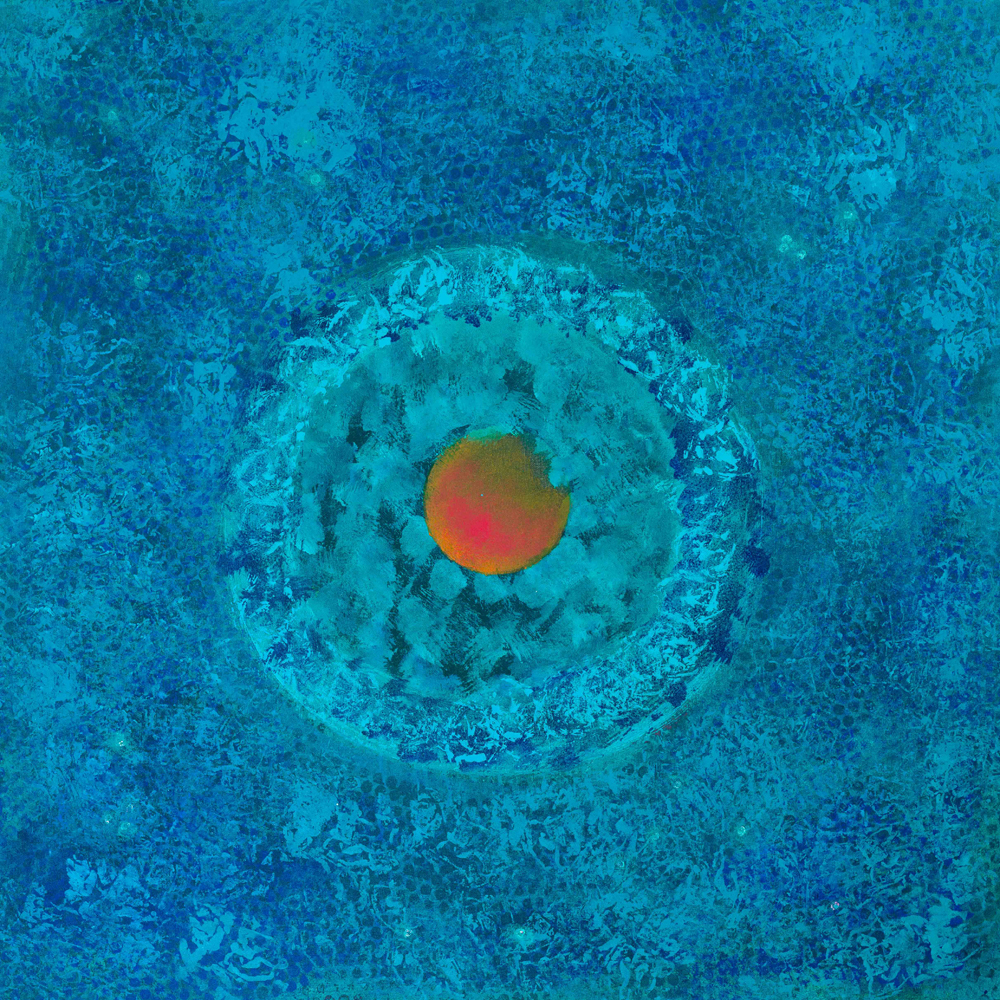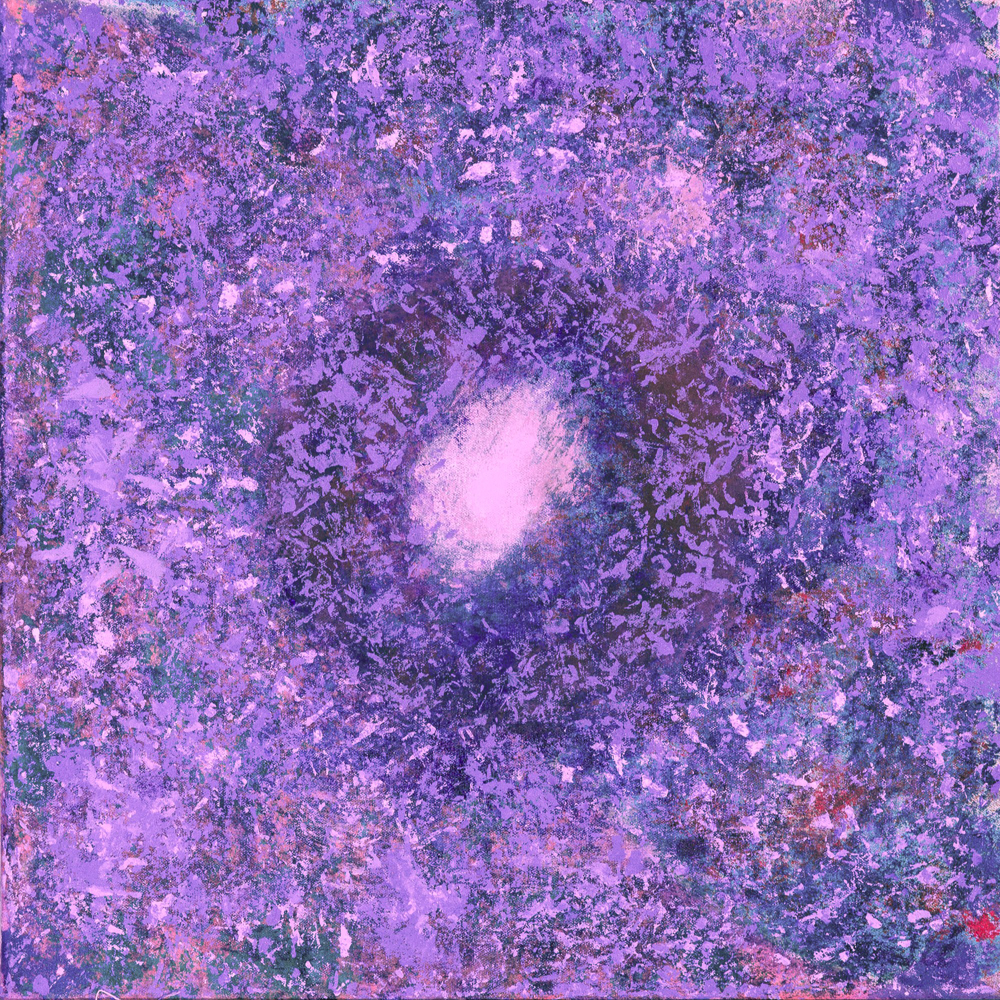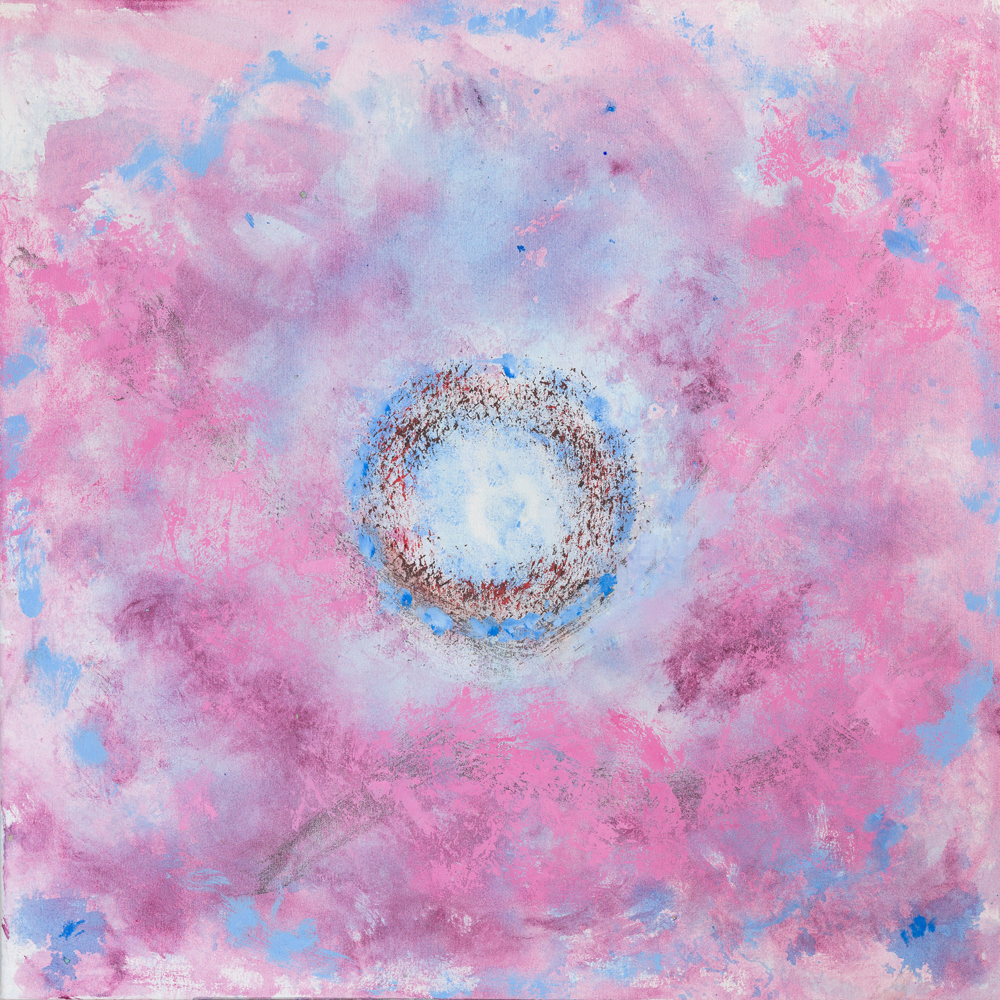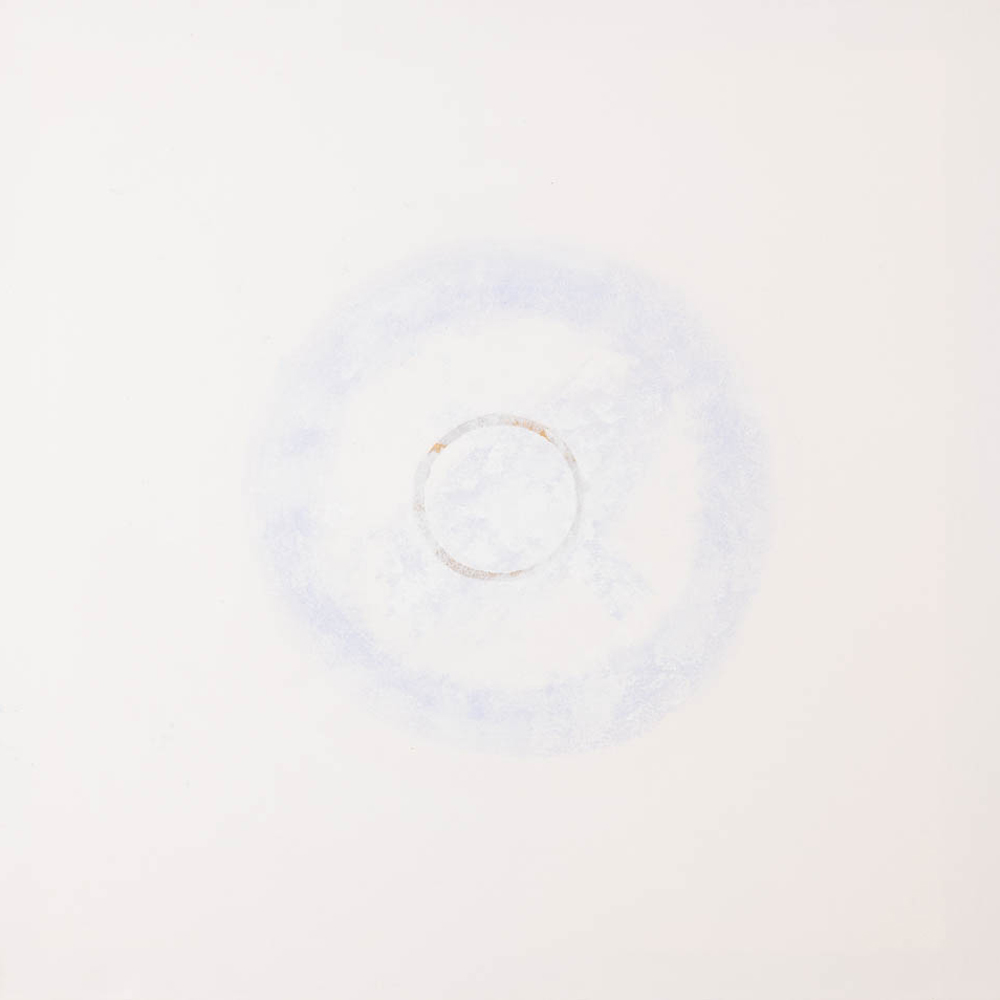
Art Exhibition Gallery Different
“Of all the arts, abstract painting is the most difficult.
It demands that you know how to draw well,
that you have a heightened sensitivity for composition and for colours,
and that you be a true poet. This last is essential.”
—Wassily Kandinsky, “Concerning the Spiritual in Art”
IN THE WAKE of COVID-19 and the Russian invasion of Ukraine, Rashid Maxwell—writer, artist, beekeeper and, above all, the truest of poets, as well as a regular contributor to The Culturium—felt impelled to respond to the current condition of our being, creating a series of striking paintings that give expression to the inexpressible, namely the simultaneous horror and hope of human life in a series titled “War and Peace”.
Extrapolating from this meditative venture, Rashid delved ever deeper into his realization that beyond the perpetual interplay of evil and redemption, chaos and order, darkness and luminosity is oneness, a place where all dualities are resolved.
Through a subsequent series of 70 acrylic works on canvases titled Drawn In, Rashid now offers us a painterly panacea for the mind—a still, silent space of unifying beauty where moments of tranquillity may be deeply felt, showcased in a remarkable solo exhibition at Gallery Different, a contemporary fine art gallery in Fitzrovia, Central London, showing between 2nd-5th October inclusively [see details below for opening times and directions]. The full sum of two or three paintings sold will go to Greenpeace.
“Everything starts from a dot.”
—Wassily Kandinsky, “Concerning the Spiritual in Art”
In a masterful confluence of Abstract Expressionism and Buddhist yantra (geometric patterns), Rashid’s original 75cm x 75cm compositions are stunningly powerful in their capacity to quite literally draw us in. Resting our awareness on the central locus of colour, we are pulled into the noumenal world, beyond time and causation, leaving us profoundly and irrevocably altered.
Stupefying reds, soothing greens, serene blues … each tonal hue evokes a subtle synaesthetic reaction, dousing us with the scent of an exquisite feeling, like the lingering aroma of an intoxicating fragrance.
Similarly, echoing the philosophy of Russian artist, Wassily Kandinsky, who believed that total abstraction offered the purest possibility for transcendental expression, Rashid has also succeeded in communicating a universal sense of spirituality, coupled with an aesthetic experience of the divine.
“Colour is a power which directly influences the soul.”
—Wassily Kandinsky, “Concerning the Spiritual in Art”
Rashid is no stranger to aligning himself with a poetic way of life. Surviving, as he says, a restrictive childhood during the Second World War, a tough boarding school education, a stint in the Royal Navy and Oxford University, finally the way of the artist beckoned him to a more meaningful existence. At Art College he met for the first time people who spoke a language he understood; he was taught by, among others, Auerbach, Kossoff and John Hoyland. Afterwards, life took him to live in Malta, East Anglia and finally self-sufficiently as an organic farmer in the Welsh Marches and then eventually to the ashram of mystical teacher Osho in Poona, India.
After Osho’s death in 1990, Rashid worked all over the globe, living in cities, suburbs and even deserts, both in communes and in solitude, earning an income by painting, designing and implementing many eco-environmental projects, including reafforestation, a wetland bird sanctuary and nature reserve, as well as a variety of Zendos and meditation halls.
Now, Rashid lives a quiet life with his partner in Devon, where he grows fruit and vegetables, tends to his apiary and watches nature and the birdlife. More specifically, he continues to write, draw and paint, all the while walking silently the pathless path.
“The artist must have something to say,
for mastery over form is not his goal but rather of form to its inner meaning.”
—Wassily Kandinsky, “Concerning the Spiritual in Art”
Reflecting on Rashid’s accomplishments, I am reminded how vital it is that we give our brief lives some kind of meaningful purpose, adopt a vision that can guide us and draw us along. Furthermore, whatever the vocation we decide upon, there must be an element of creativity woven into its execution, which enables us to examine our core beliefs and forge an authentic self.
Abstract art, one of the sublimest manifestations of the creative process, is for many, as it was for Kandinksy, the pinnacle of contemplative practice. It forces us to renounce all our previous concepts and conditionings that surround how we perceive the phenomenal world: thus it allows us to explore the sensibility of all things, well beyond form.
Interestingly, another esteemed artist, Pablo Picasso, famously said that art “is an instrument of offensive and defensive war against the enemy”. No truer statement could be made. Be it the fight against marauding invaders without on the physical planet or destructive thinking within our very own minds, Rashid’s paintings serve as a mirror that reflects us towards the truth of what truly and ultimately is.
“Lend your ears to music, open your eyes to painting, and … stop thinking!
Just ask yourself whether the work has enabled you
to ‘walk about’ into a hitherto unknown world.
If the answer is yes, what more do you want?”
—Wassily Kandinsky, “Concerning the Spiritual in Art”
As we engage in Rashid’s work either via his website, the beautifully produced accompanying catalogue or more ideally, walking around the exhibition itself, we are invited into the mysterious world of unknowing.
Indeed, viewing the paintings first-hand renders an intimate involvement quite unlike anything represented by a photographic depiction, whereby the sheer physicality of the canvas bears witness to the many hours of meticulous labour invested in each piece.
By whichever means we connect with Rashid’s polychromatic pictures, however, may we all pause awhile as we are drawn into every surface, leaving us with a sense of assurance that in spite of the dichotomies of life, its many bewildering contradictions may coalesce and reconcile into a joyous and unified whole.
Post Notes
- Feature image: © Rashid Maxwell, Drawn In
- Gallery Different
- Rashid Maxwell’s website
- Rashid Maxwell: A Master for Life
- Rashid Maxwell: To Save the Planet With a Paintbrush
- Rashid Maxwell: Contagion of Silence
- Wassily Kandinsky: Concerning the Spiritual in Art
- Stephen Nachmanovitch: Taming the Mind Ox
- Suzanne Moss: Seeking Sanctuary
- Carol Raphael: The Beauty We Create
- The Culturium uses affiliate marketing links via the Amazon Associates Programme





